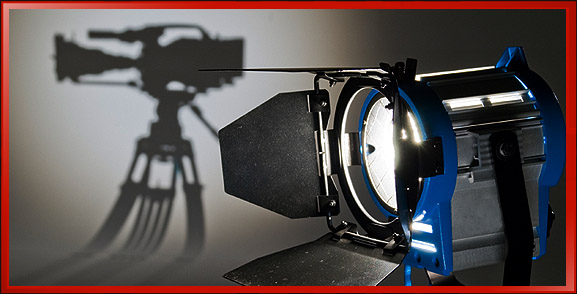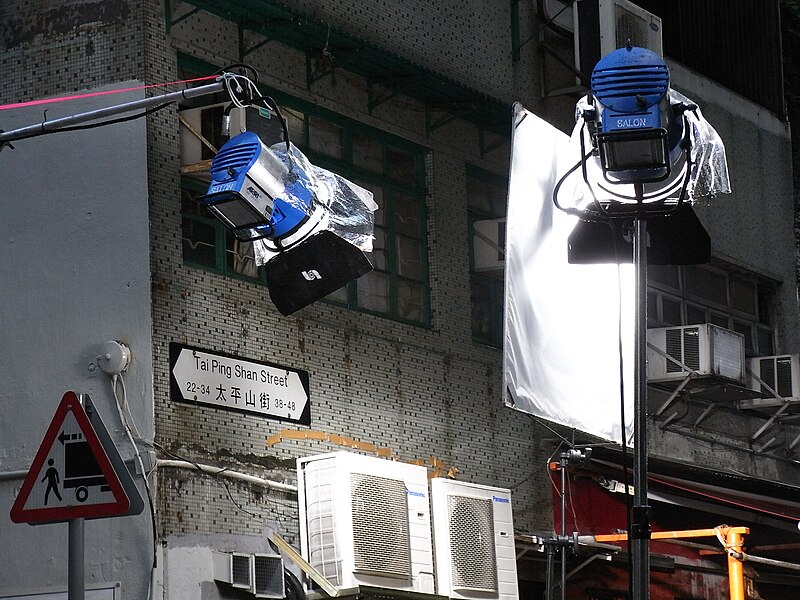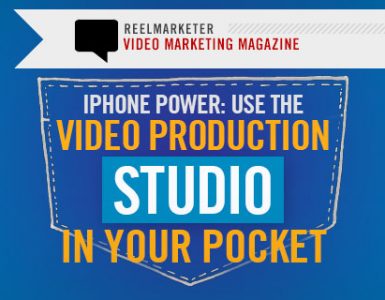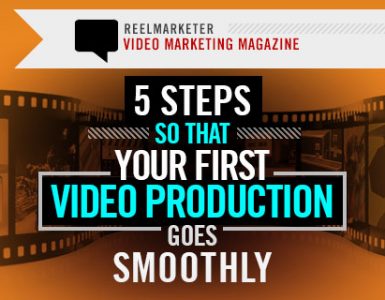Anyone can point and shoot.
Nowadays, most every company, from mom-and-pop shops to multinational corporations, shares their stories through some type multimedia. But to refine your approach to creating professional promotional videos, you really must design an environment with effective lighting.
Think of the faces and voices you need to include in your video. You’d hate for their golden sound bytes and video clips to be lost as the viewer struggles to watch. Lighting illuminates your story.
Bad lighting, however, can make the average viewer instantly click away from the piece you just spent hours producing.
Is Outdoor Lighting Best?
Many videographers have taken to outdoor shoots in recent years. But keep in mind, the harsh, outdoor light of high noon is very different from the light you get at dawn or dusk. Making videos during working hours can be a challenge outdoors. When indoors, not only do you need to manage glaring fluorescent lights, but you also have to balance natural light shining in.
Install roller shades to keep lighting levels under control so you can focus on telling a story and connecting with your audience. Filtered, mood lighting goes a long way in creating a space suitable for interviews.

Photo by Brian Solis via Wikimedia Commons
Illuminating Testimonials
For short, compelling videos – the strength of voices carries the story. Testimonials must have a doc-style feel. If you coach your subjects on what to say, or create an appearance of an unnatural or concocted style, your viewers will lose interest. So the nature of the environment and the face of the person speaking are paramount.
Video journalists recommend finding the best angle to avoid shadows on subjects faces. Shooting straight-on, with the person looking straight into the camera, will lead to problems. When setting up your lighting, avoid mixing colors so your camera can automatically adjust its white balance. This means to keep indoor lighting consistent.
Fluorescent lights cast blue, while tungsten cast yellow. When the white balance isn't properly adjusted, viewers are automatically turned off by the amateurish video. Bring things into equilibrium before starting a shoot. It's important to take a few basic steps before you start recording.
Nothing is more frustrating than getting back to your desk and realizing you should have done something differently.

Photo by Christian Guthier via Wikimedia Commons
Improving Reality
When it comes to lighting, our eyes naturally adjust.
But camera lenses aren't as adaptable. Some will say the DSLR cameras of today don't need as much harsh lighting. But movies and TV shows still use unnatural light to create a natural end-product. Just like your subjects need to up their everyday look to dramatic stage makeup, the lighting needs to be amplified and set up from an angle other than ceiling down, according to TechLearning.com.
An office interview setting should look natural once the video is done, but it's guaranteed to be anything but natural during production.
Photo by Harconerfel via Wikimedia Commons






